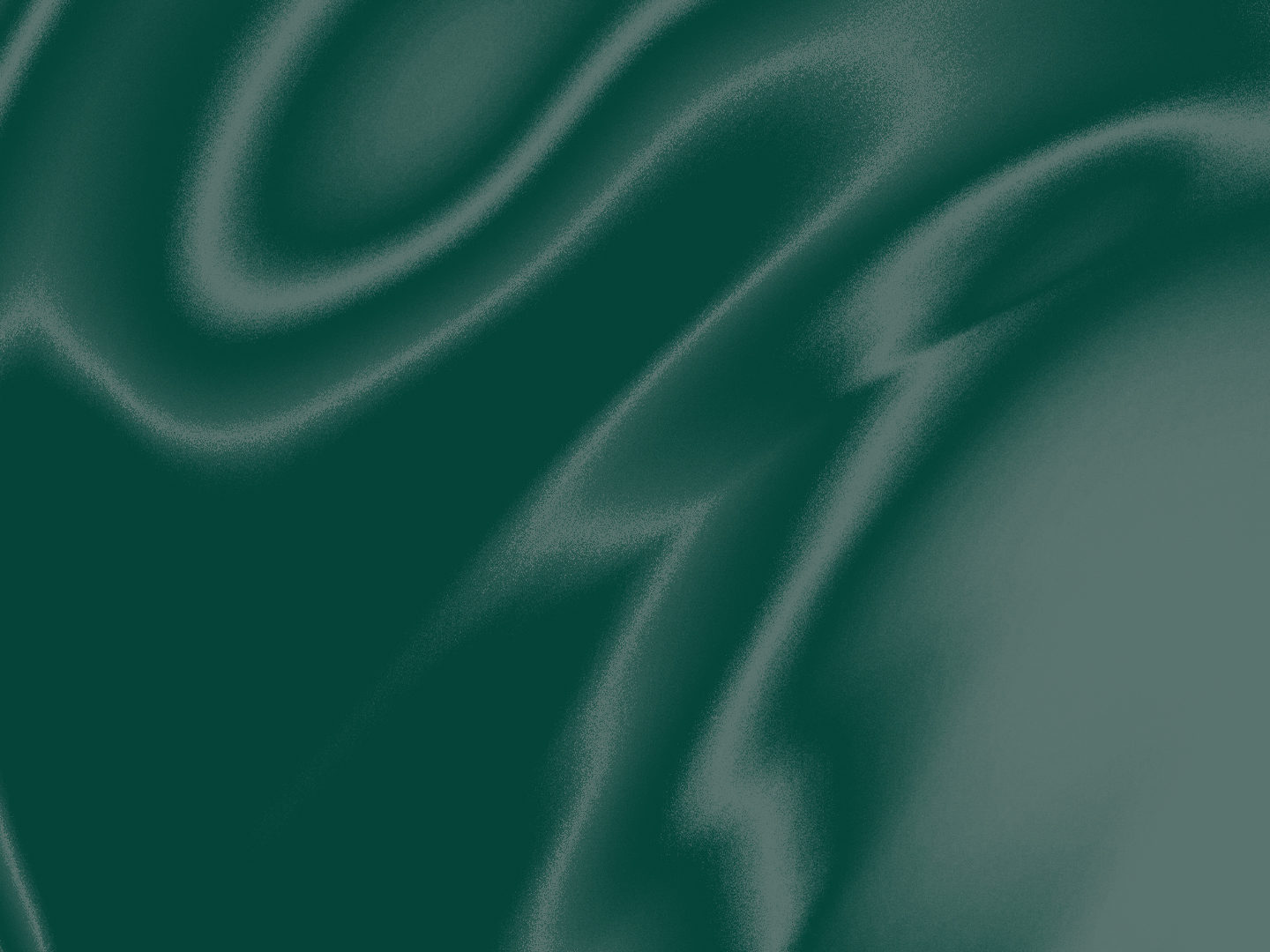A Groat [from the French Gros] has an intrinsic value of Fourpence. First coined in Edward I’s reign as part of a significant recoinage in 1279, unsuccesful at the time, they were struck from around thirty different obverse dies, and are today acknowledged as an important and academic area in English Coinage.
Groats, like many other denominations can be segregated into three broad camps; i) The Medieval Groat with its quintessential front facing elaborate bust, essentially between Edward I – Henry VII (where the profile issue began after the type IVa). ii) The Profile and more modern looking issues we see at the end of Henry VII’s reign which continued to Charles I. iii) The Milled Groat, initially can be traced to Mestrelle between 1561-71, however more conventionally people perhaps look to Charles II’s hammered third issue fourpence. A milled Groat is referred to as fourpence from the point of the Restoration. A modern Groat in no way resembles its medieval ancestor.
Groat collectors almost always collect the medieval series exclusively, in terms of value for money, one can buy very strong common examples within a reasonable budget. They offer a huge amount of variations within type and herein satisfy both the generalist and academic.
Buy online with UK and worldwide delivery available or contact our expert team to arrange a viewing or ask any questions.
Applied Filters
- Clear All
Applied Filters
- Clear All
Country
Price Range
Search
Metal
Ruler

Charles I, Silver Groat, Civil War Royalist Issue, Bridgenorth-on-Severn, 1646

Philip and Mary, Silver Groat, Tower Mint

Mary Groat

Henry VIiI Groat

Henry VII Groat

William IV (1830-1837) Groat 1836

Ireland, Henry VII, Groat, Dublin

Ireland, Henry VII, Groat, Dublin

Ireland, Henry VII, Groat, Dublin

Ireland, Henry VII, Groat, Dublin

Ireland, Henry VII, Groat, Dublin


